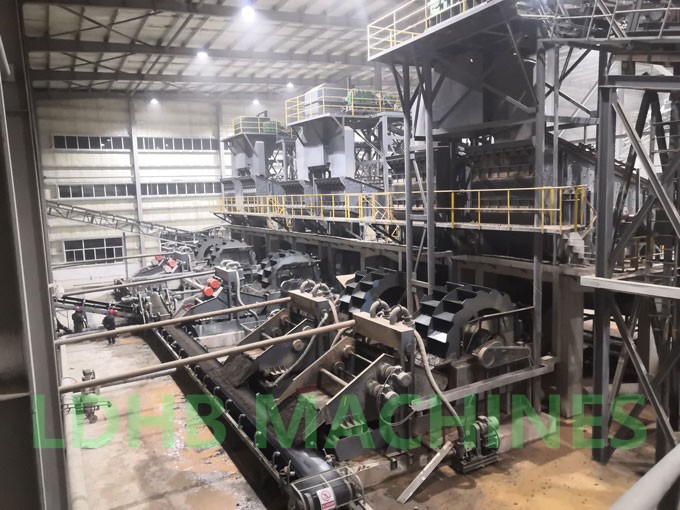
Menu
 LDHB Machines
LDHB Machines
Generally, lateritic nickel ore contains Ni between 0.8~3.0%, and Co between 0.02~0.3%. Hydrometallurgy only extracts Ni and Co, and the remaining nearly 97% contains Fe with a relatively high content (accounting for the total 10~45%%) and a small amount of Cr are all discarded as solid waste, and a special site needs to be built for stacking; liquid acid or ammonia is used as the leaching agent for Ni and Co in wet smelting, and after use, except for some recycling, the rest are Discharge into rivers or into waste pools after treatment in liquid state;
Hydrometallurgy also produces a large amount of CO2 gas emissions. Since the solid, liquid and gas wastes produced in production cannot be recycled, they will cause great harm to the environment and belong to the discharge of the three wastes. Therefore, there is no development prospect in our country.

From the comparison of product quality, price and market demand of different processes, hydrometallurgy can extract 99.9% nickel and cobalt metal respectively, which is the biggest advantage of hydrometallurgy. Its pure nickel is the main raw material for electroplating, batteries, chemical catalytic equipment and special stainless steel and special steel; pure cobalt is the main raw material for high-strength, high-temperature and high-wear-resistant special steel.